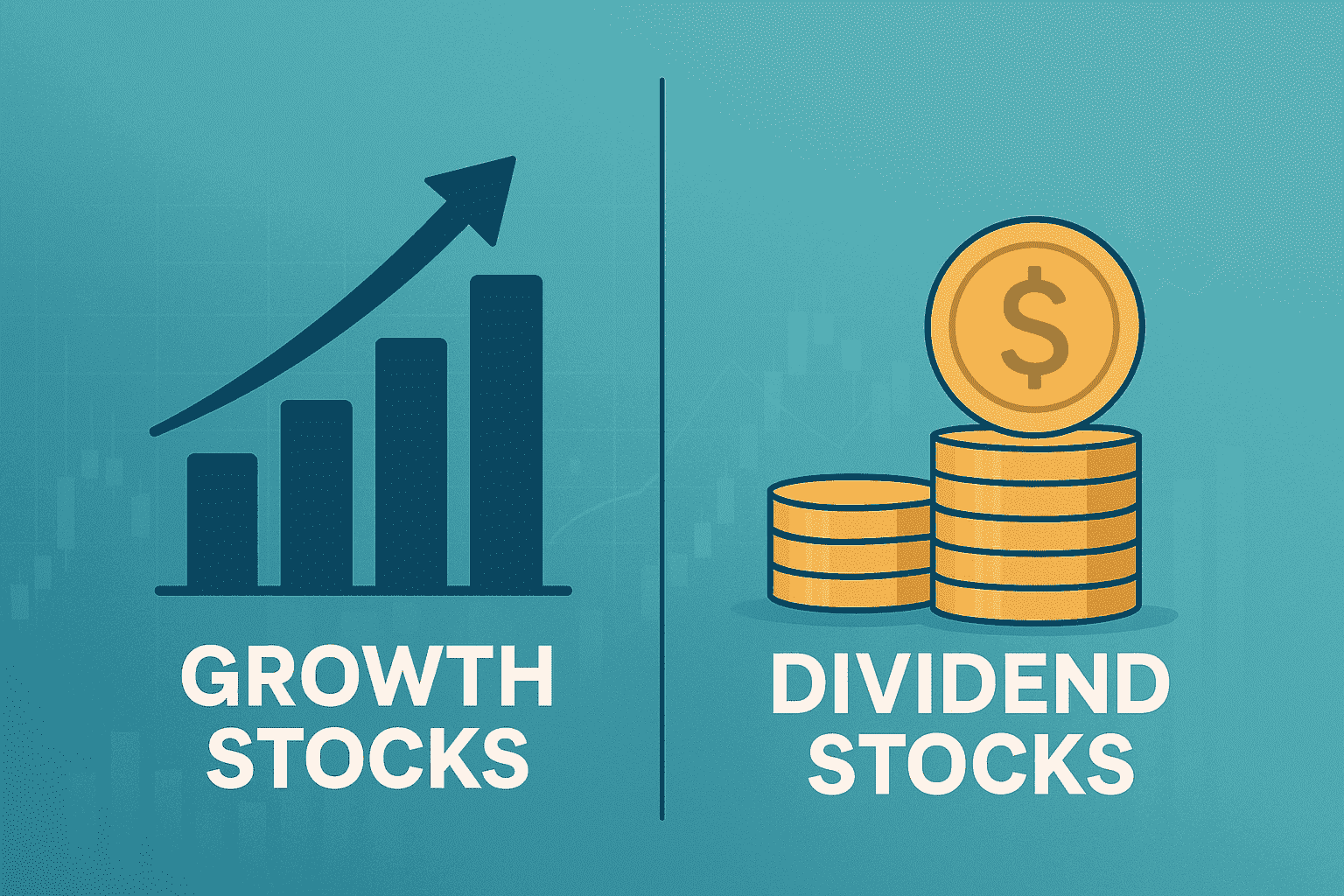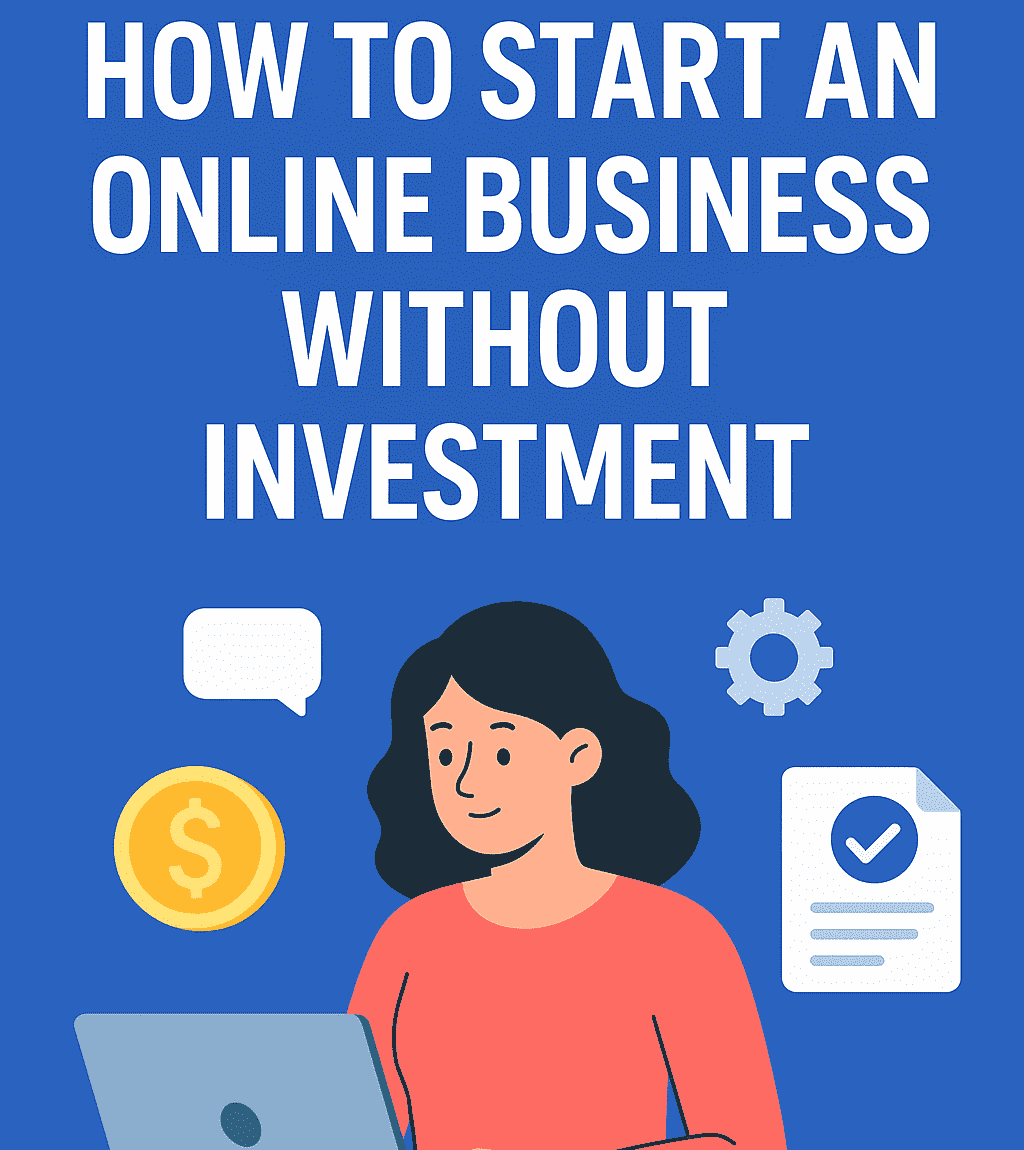Introduction:
In the ever-evolving landscape of social media, TikTok has emerged as a powerhouse platform, captivating millions with its short-form video content. As businesses and content creators seek to harness the potential of TikTok for marketing and brand growth, understanding the nuances of TikTok analytics and data becomes paramount. In this comprehensive guide, we delve into the realm of TikTok analytics, exploring its significance, key metrics, and strategies for leveraging data to drive success.
Understanding TikTok Analytics:
TikTok analytics offers valuable insights into the performance of your content, audience demographics, and engagement metrics. Accessible through TikTok’s native analytics dashboard or third-party analytics tools, these metrics provide actionable data to refine your content strategy and maximize your impact on the platform.
- Key Metrics:
- Views: The total number of times your videos have been viewed.
- Likes: The number of likes your videos have received, indicating audience appreciation.
- Shares: The number of times your videos have been shared, expanding your reach.
- Comments: Audience interactions and feedback, reflecting engagement.
- Follower Growth: The rate at which your follower count is increasing, indicative of your content’s appeal.
- Completion Rate: The percentage of viewers who watch your entire video, signaling content relevance and quality.
- Audience Insights:
- Demographics: Understand your audience’s age, gender, location, and interests to tailor content effectively.
- Follower Activity: Identify peak times for engagement to optimize posting schedules.
- Follower Growth: Monitor follower growth trends to assess the impact of content and campaigns.
Leveraging TikTok Analytics Data:
Armed with insights from TikTok analytics, businesses and content creators can formulate data-driven strategies to enhance their presence on the platform and achieve their objectives.
- Content Optimization:
- Analyze top-performing content: Identify trends and themes that resonate with your audience.
- Experiment with content formats: Test different video styles, lengths, and editing techniques to gauge audience preferences.
- Refine content strategy: Use data to iterate and refine your approach, focusing on what works best.
- Audience Engagement:
- Respond to comments: Foster a sense of community by engaging with your audience and acknowledging their feedback.
- Encourage participation: Prompt viewers to like, comment, and share your content to boost engagement metrics.
- Collaborate with influencers: Partner with TikTok influencers whose audience aligns with your target demographic to expand your reach.
- Performance Tracking:
- Set benchmarks: Establish goals based on key metrics and track progress over time.
- Monitor trends: Stay informed about changes in audience behavior and platform algorithms to adapt your strategy accordingly.
- Adjust tactics: Pivot strategies based on data insights to capitalize on emerging opportunities and mitigate challenges.
Conclusion:
TikTok analytics empowers users with the tools to measure, analyze, and optimize their presence on the platform. By leveraging data-driven insights, businesses and content creators can enhance their content strategy, deepen audience engagement, and achieve their objectives on TikTok. As the platform continues to evolve, mastering TikTok analytics data will be essential for staying ahead of the curve and maximizing success in the dynamic world of social media marketing.















Leave a Reply